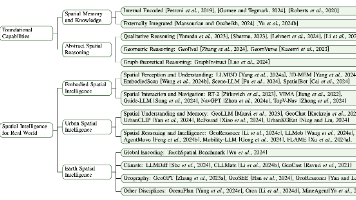LeetCode //C - 915. Partition Array into Disjoint Intervals
Summary:The task requires finding the smallest split point in an array, dividing it into a left and a right half, such that all elements in the left half are ≤ all elements in the right half. A single
915. Partition Array into Disjoint Intervals
Given an integer array nums, partition it into two (contiguous) subarrays left and right so that:
- Every element in left is less than or equal to every element in right.
- left and right are non-empty.
- left has the smallest possible size.
Return the length of left after such a partitioning.
Test cases are generated such that partitioning exists.
Example 1:
Input: nums = [5,0,3,8,6]
Output: 3
Explanation: left = [5,0,3], right = [8,6]
Example 2:
Input: nums = [1,1,1,0,6,12]
Output: 4
Explanation: left = [1,1,1,0], right = [6,12]
Constraints:
- 2 < = n u m s . l e n g t h < = 1 0 5 2 <= nums.length <= 10^5 2<=nums.length<=105
- 0 < = n u m s [ i ] < = 1 0 6 0 <= nums[i] <= 10^6 0<=nums[i]<=106
- There is at least one valid answer for the given input.
From: LeetCode
Link: 915. Partition Array into Disjoint Intervals
Solution:
Ideas:
-
Time: O(n) single pass
-
Space: O(1)
-
Why it works: Whenever an element in the right candidate is < leftMax, the partition is invalid; we extend left to include it and update leftMax to the best max seen so far (curMax), restoring the invariant that all in left ≤ all in future right.
Code:
int partitionDisjoint(int* nums, int numsSize) {
// Invariants:
// left = [0 .. idx], right = [idx+1 .. end)
// leftMax = max(nums[0..idx])
// curMax = max(nums[0..i]) while scanning
int idx = 0;
int leftMax = nums[0];
int curMax = nums[0];
for (int i = 1; i < numsSize; ++i) {
if (nums[i] < leftMax) {
// Need to extend left to include i
idx = i;
leftMax = curMax; // new leftMax becomes the best we've seen so far
} else if (nums[i] > curMax) {
curMax = nums[i];
}
}
return idx + 1; // length of left
}
更多推荐
 已为社区贡献28条内容
已为社区贡献28条内容








所有评论(0)